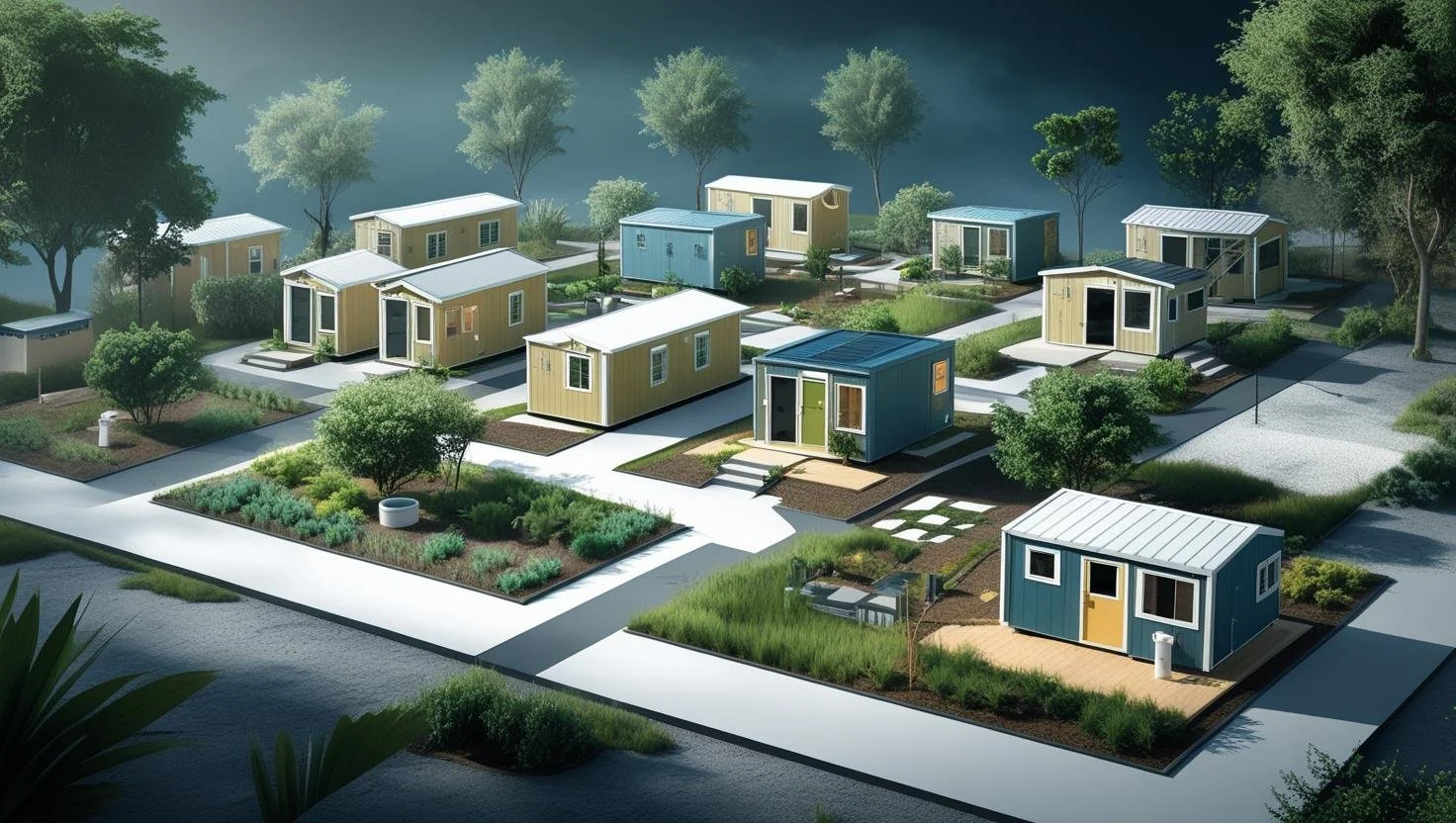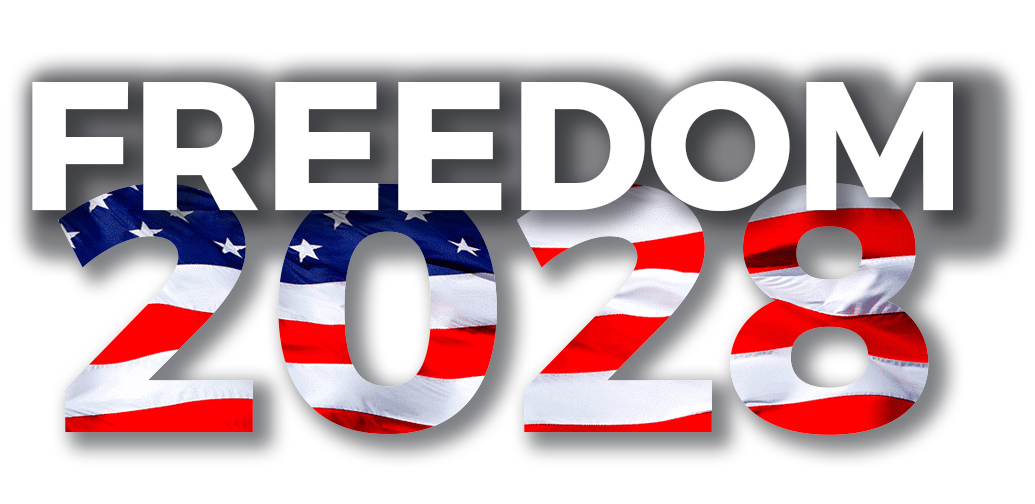
Housing Everyone
Providing a place for everyone
No single approach can solve homelessness nationwide. Every city, town, and rural area has different resources, land availability, building codes, and population needs. Our plan gives local governments a menu of proven strategies so they can choose what works best while following a federally enforced hygiene standard
Why It Matters
Housing is more than a roof, it is the foundation for health, stability, and opportunity. Without it, it’s nearly impossible to secure and keep a job, attend school regularly, manage health conditions, or care for family members.
Across America, hundreds of thousands of people live without safe, stable shelter. Some are on the streets, others in cars, encampments, or overcrowded, unsafe situations. Many lack even the most basic hygiene access, clean bathrooms, showers, and potable water.
This crisis is not just a humanitarian emergency, it’s an economic and public health problem that affects every community.
Freedom 2028 believes housing is a human right and that every solution must start with safety, dignity, and hygiene as non-negotiable standards.
1. Housing First & Permanent Supportive Housing
What it is: Immediate placement into permanent housing with no preconditions like sobriety or employment.
Why it works: It ends the instability cycle and provides a base for people to address other challenges.
Support services include:
Mental and physical healthcare
Job training and placement
Counseling and addiction recovery programs
Case management to help with benefits, transportation, and budgeting
Evidence: Programs like this have achieved up to 98% housing retention after one year, dramatically reducing public costs related to emergency rooms, policing, and incarceration.
2. Tiny Home Villages & Modular Housing
What it is: Clusters of small, efficient homes (100–400 sq ft) with heating, cooling, and lockable doors.
Why it works: Private space restores dignity and security while keeping build costs and timelines manageable.
Design features:
Shared kitchens, laundry, and community rooms
ADA-compliant bathrooms and showers in every site
On-site service offices and meeting spaces for residents
Landscaping and community gathering areas to promote neighborhood integration
Examples: Quixote Village in Washington State and La Posada in Santa Barbara County both report high satisfaction among residents and strong transitions into permanent housing.
3. Micro-Communities & Pallet Shelters
What it is: Rapid-deploy housing units (including pallet shelters and micro-cabins) assembled in days or weeks.
Why it works: They allow fast action during emergencies, encampment closures, or weather crises while maintaining privacy and security.
Key elements:
Centralized hygiene hubs with restrooms and showers
24/7 potable water access
Lockable units with insulation and basic climate control
On-site security and case management
Impact: In cities like Denver, up to half of residents in pallet shelter programs move on to permanent housing within months.
4. Adaptive Reuse & Mixed-Income Housing
What it is: Conversion of vacant commercial buildings, motels, or office spaces into mixed-income apartments.
Why it works: It uses existing structures to reduce costs and construction time, revitalizes empty properties, and can integrate market-rate units to offset costs.
Implementation:
Federal fast-track permitting for conversions
Renovation funding tied to hygiene upgrades and ADA compliance
Partnerships with local housing authorities for long-term affordability
5. Specialized Shelters
What it is: Housing tailored to specific populations — LGBTQ+, veterans, seniors, families, youth aging out of foster care.
Why it works: Specialized services address the unique challenges each group faces, leading to higher housing stability.
Example: Ace’s Place in New York City, the first publicly funded shelter for transgender and gender non-conforming people, reported residents felt safe, respected, and supported — many for the first time in years.
The National Hygiene Standard
Every housing initiative under Freedom 2028 will meet the following baseline requirements:
1 toilet + 1 shower per 8 residents (or per unit for private setups)
24/7 access to running potable water
Hygienic facilities that are well-lit, secure, and regularly maintained
Federal funding tied to compliance with hygiene standards
Routine inspections to ensure safety and cleanliness
These are not luxuries — they are the minimum conditions for health and dignity.
Funding & Delivery
Our approach combines public investment, private partnerships, and innovative financing:
Housing Innovation Fund: Federal grants for tiny homes, modular units, and pallet shelters
Public Land Lease Program: Access to city, county, and state-owned land at minimal lease rates for housing projects
Revolving Loan Funds: Low-interest loans for adaptive reuse and affordable housing development
ESG-Aligned Bonds: Financing tied to environmental, social, and governance goals for large-scale builds
Federal Matching Funds: States meeting hygiene standards receive additional funding
Accountability & Transparency
We will publish a public dashboard with real-time data on:
Units built and converted
Hygiene compliance scores
Percentage of residents moving to permanent housing
Cost per unit and time-to-completion
Resident satisfaction surveys conducted quarterly
Why This Will Work
This plan is built on what has already worked in communities across the country - strategies endorsed not just by policymakers, but by the people who have lived through homelessness and know what truly makes a difference.
It is adaptable, scalable, and designed to ensure that every American, no matter their circumstance, has access to a clean, safe, and dignified place to live.






